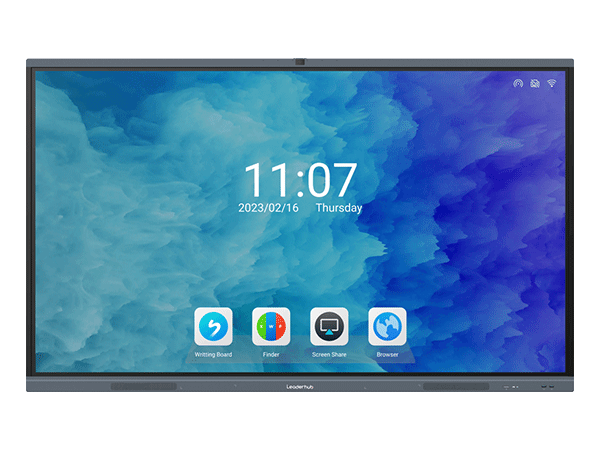Introduction to Software and Hardware Configuration for Computer Tablet Interaction

In the age of technology, computer tablets have become a popular device for various purposes, including entertainment, work, and education. To ensure optimal performance and seamless user experience, it is crucial to understand and adhere to the software and hardware configuration requirements as well as take necessary precautions. This article delves into the intricacies of software and hardware configuration for computer tablet interaction, providing comprehensive information and guidance.
Software Configuration Requirements
1. Operating System: One of the primary software components that determine tablet functionality is the operating system (OS). Depending on the tablet brand and model, different OS options may be available, such as iOS, Android, or Windows. It is essential to choose an OS that supports the desired applications and software compatibility.
2. Application Compatibility: The tablet's software configuration relies heavily on its ability to run various applications smoothly. Before purchasing or installing applications, ensure that they are compatible with the tablet's operating system and hardware capabilities. Examine the specifications and requirements of the applications to avoid compatibility issues or performance glitches.
3. Firmware Updates: Regularly updating the tablet's firmware is crucial for maximizing performance and security. Manufacturers often release firmware updates to address bugs, enhance stability, and introduce new features. Set up automatic updates or periodically check for new firmware versions to stay up-to-date with the latest enhancements.
Hardware Configuration Requirements
1. Processor and RAM: The tablet's processor speed and RAM capacity significantly impact its multitasking abilities and overall performance. Opt for a tablet with a fast processor and sufficient RAM to handle resource-intensive tasks, such as gaming or video editing, without experiencing lag or slowdowns.
2. Storage Capacity: Consider the tablet's storage capacity to ensure it can accommodate the desired applications, media files, and documents. Tablets often offer different storage options like 16GB, 32GB, or higher. Additionally, check if the tablet supports external storage expansion options, such as microSD cards or USB drives.
3. Display and Graphics: The tablet's display quality and resolution play a vital role in enhancing the visual experience. Look for tablets with high-resolution screens, vibrant colors, and adequate brightness levels for comfortable usage in various lighting conditions. Additionally, if you intend to use the tablet for graphics-intensive tasks like image editing or gaming, consider tablets with dedicated graphics support.
Precautions for Computer Tablet Interaction
1. Protection and Maintenance: Invest in a durable case or cover to protect the tablet from physical damage and scratches. Regularly clean the screen using a microfiber cloth to remove smudges and fingerprints, as they can affect touch sensitivity and visibility. Avoid exposing the tablet to extreme temperatures, excessive humidity, or direct sunlight, as it may damage the internal components.
2. Security Measures: Implement security measures like a strong password, PIN, or biometric authentication (fingerprint or face recognition) to secure the tablet and prevent unauthorized access. Install reputable antivirus software to protect against malware, viruses, and other cybersecurity threats. Be cautious while downloading applications from unknown sources and only utilize trusted app stores.
3. Battery Life Optimization: To ensure extended battery life, minimize unnecessary background processes and disable power-consuming features when not in use, such as Bluetooth, Wi-Fi, or GPS. Adjust the screen brightness to an optimal level and enable power-saving modes. Additionally, charge the tablet using the manufacturer's recommended charger and avoid using incompatible or low-quality charging cables.
Summary
Proper software and hardware configuration is vital for optimal computer tablet interaction. Understanding the software configuration requirements, including the operating system, application compatibility, and firmware updates, ensures a smooth user experience. Evaluating the tablet's hardware configuration, such as the processor, RAM, storage capacity, and display quality, guarantees efficient multitasking and visual satisfaction. By taking necessary precautions such as protecting the tablet, implementing security measures, and optimizing battery life, users can maximize the tablet's lifespan and usability. By adhering to these guidelines, one can unlock the full potential of computer tablet interaction and enjoy its myriad of benefits.

